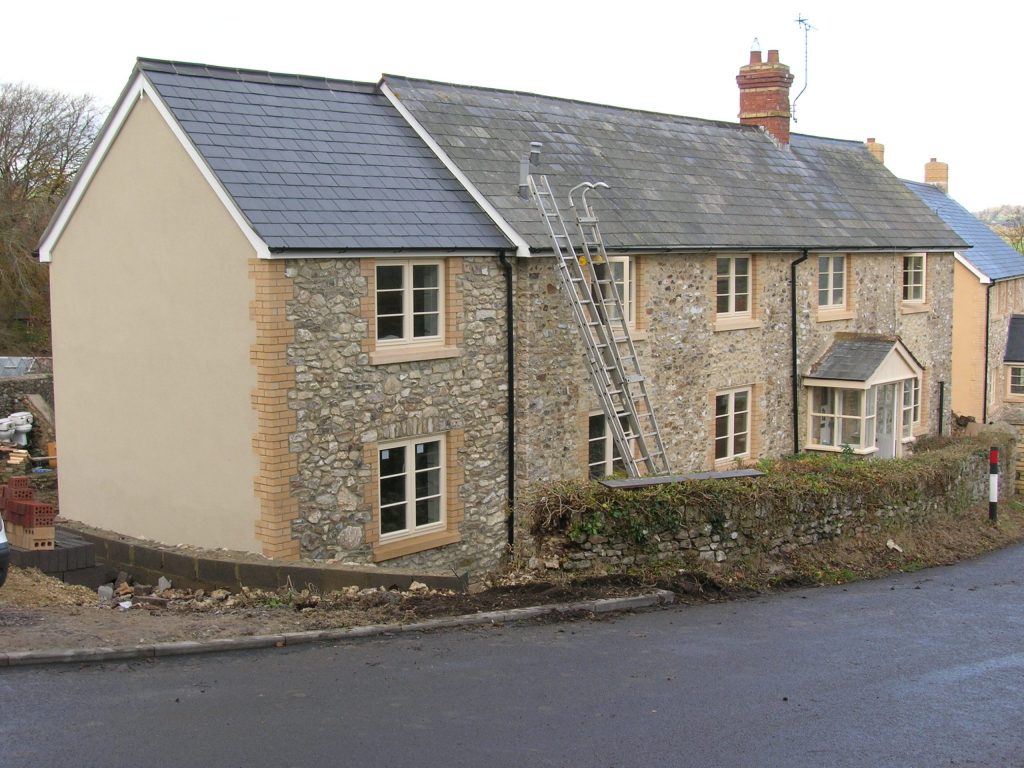Appendix 2

Blackdown Hills National Landscape Management Plan 2025-2030
Appendix 2: Planning
In Appendix 2:
Part A: General principles for development proposals
Part A: General principles for development proposals
All applicants of development proposals in the Blackdown Hills National Landscape should consider the following and where possible demonstrate, through the planning application process how the development has responded positively to the Area of Outstanding Natural Beauty designation:
- Focus on special qualities – explain how the development will impact on the special qualities of the Blackdown Hills National Landscape and what actions you are taking both to conserve and to enhance the landscape, scenic beauty, and other factors of natural beauty;
- Aim for enhancement – positively set out to ‘enhance’ the natural beauty of the National Landscape with your development proposal – be proud of your contribution to this special place;
- Think about location – avoid development that creates incongruous features in prominent and highly visible locations that detract from the long views and open character of the Greensand plateau and views from or to the ridge lines, undeveloped valley sides and scarps of the National Landscape. Fit development into the landscape, not on top of it;
- Consider scale and massing – again this will help reduce harmful impact on the prevailing character of the National Landscape;
- Reflect vernacular – consider how the development relates to the vernacular style of local building materials and styles;
- Protect biodiversity – explain how the development impacts on the biodiversity assets of the National Landscape and how you will avoid, mitigate, or as a last resort compensate for any residual impacts;
- Preserve dark skies – consider the need for and impact of artificial lighting. Dark skies are recognised as important elements of tranquillity and contribute to the sense of wildness and remoteness as well as being culturally important;
- Safeguard geology, soil, air and water – explain how the development impacts on these natural capital assets of the National Landscape and how you will avoid, mitigate, or as a last resort compensate for any residual impacts;
- Assess cumulative effects – identify, describe and evaluate whether there are cumulative effects on the different natural beauty criteria which although alone may appear to be insignificant when considered together have a greater impact on the National Landscape. Identify and describe whether there are cumulative impacts from your development in combination with development already in place, or that which is reasonably foreseeable (such as allocated sites and sites with planning permission).

Part B: Major development
Note that all paragraph and footnote references relate to the December 2024 version of the National Planning Policy Framework (NPPF)
Footnote 67 of the NPPF clarifies that:
‘For the purposes of paragraph 190 [relating to protected landscapes], whether a development is ‘major development’ is a matter for the decision maker, taking into account its nature, scale and setting, and whether it could have a significant adverse impact on the purposes for which the area has been designated or defined’.
As such, it is not possible or appropriate to apply a blanket definition for what should be treated as major development in the Blackdown Hills National Landscape. Nevertheless, there are some key factors that help to define if a development is major, as outlined below.
The purpose for which the Blackdown Hills National Landscape has been designated is to conserve and enhance its natural beauty. Therefore, the judgement as to whether or not a development is major development depends, to a large degree, on whether or not the development could have a significant adverse impact on the natural beauty of the area. As outlined elsewhere, natural beauty incorporates a number of criteria, including landscape quality, scenic quality, tranquillity, natural heritage, and cultural heritage. Within the context of the Blackdown Hills National Landscape those aspects of natural beauty which make the area distinctive, and which are particularly valuable – the ‘special qualities’ – are described in detail elsewhere in the appendices.
On this basis, a development should be considered ‘major’ if, by reason of its nature, scale, location and/or setting, it could have a significant adverse impact on any of the above criteria, including the National Landscape’s ‘special qualities’. As well as potential impacts within the Blackdown Hills, consideration should also be given to impacts on these criteria within the setting of the National Landscape, particularly in the context of visual impact (i.e. views into and out) and impacts on tranquillity.
As outlined in paragraph 190 of the NPPF, to help inform whether there are exceptional circumstances and whether it can be demonstrated that the development is in the public interest, applications for such development should include an assessment of:
a. ‘the need for the development, including in terms of any national considerations, and the impact of permitting it, or refusing it, upon the local economy’.
The National Landscape Partnership would expect any such development proposal to be accompanied by a statement of need in the context of national and local considerations and, ideally, in the context of needs arising from within the Blackdown Hills. The impacts of permitting or refusing the development should be clearly identified in respect of the local economy, ideally including that of the local communities affected. Such a statement should be based on objective assessment and clear evidence.
b. ‘the cost of, and scope for, developing outside the designated area, or meeting the need for it in some other way’.
The National Landscape Partnership would encourage any such development proposal to be accompanied by a report setting out a sequential approach to site selection. This should evidence the extent to which alternative sites have been assessed before the selection of sites within the National Landscape and clearly identify and justify why sites outside of the designated area could not be developed. The report should also identify and evidence why the need for the development could not be met in some other way. An important principle to address is that even if there are deemed to be exceptional circumstances generally, such as the need for housing in a particular local authority area, this does not necessarily equate to exceptional circumstances for a particular development at a specific location because there may be alternative sites that could result in less harm to the Blackdown Hills National Landscape. These can be outside the local planning authority’s area. Thus, the proper consideration of alternatives, (with a view to ascertaining if alternative(s) which would result in less harm to the National Landscape exist), is an essential component of exercising the assessments correctly.
c. ‘any detrimental effect on the environment, the landscape and recreational opportunities, and the extent to which that could be moderated’.
The National Landscape Partnership would expect any such development proposal to be accompanied by a report identifying any detrimental effects upon the environment, the landscape, and recreational opportunities. Such a report should relate directly to the natural beauty and special qualities of the National Landscape taken as a whole, as well as those specific to the development site.
Any mitigation identified to moderate these impacts should be:
- clearly detailed, in line with the purpose to conserve and enhance the National Landscape,
- be compatible with the objectives and policies of the Management Plan,
- be compatible with special qualities and local landscape character, and
- be capable of realisation through robust planning conditions or obligation.




